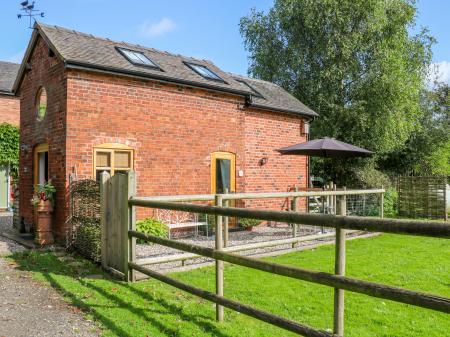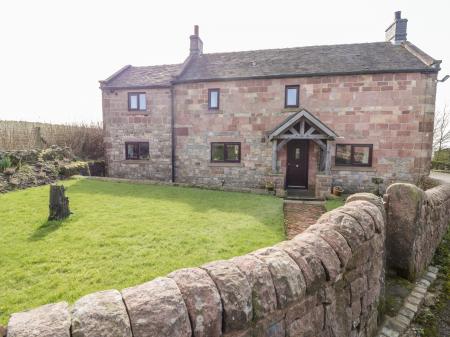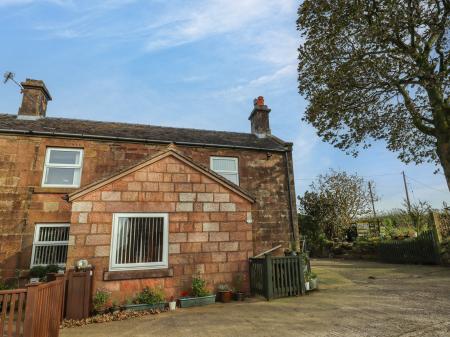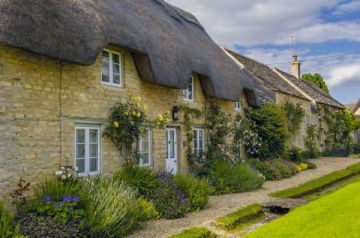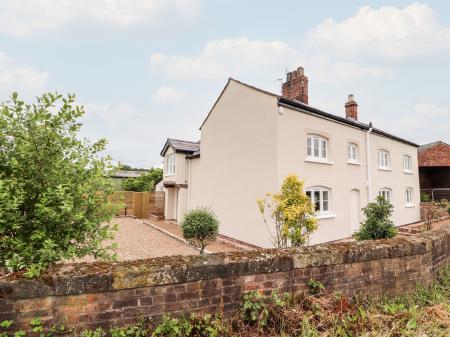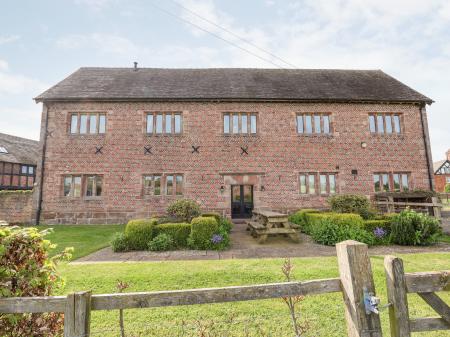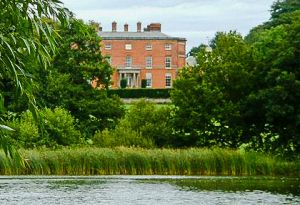
One of the highlights of Rode Hall is the extensive collection of English ceramics, dating from 1730. Among the items in the collection are a Royal Crown Derby botanical service and a number of fine teapots.
Rode Hall has been the seat of the Wilbraham family since 1669 when Randle Rode sold the estate to his cousin Roger Wilbraham. Randle Wilbraham demolished a medieval hall on the site and completed the new Rode Hall in 1708. Much of the fine furniture within the house was made by the Gillow company of Lancaster.
In 1790 Humphrey Repton was commissioned to transform the park at Rode into a landscape garden. Repton did not get the chance to implement his ideas, so John Webb of Cheshire carried out the work to Repton's design. Among Repton's creations was a huge lake, over a mile in length, and enclosing over 40 acres.
Closer to the house is a formal garden added for Randle Wilbraham by William Nesfield in 1861. There is also an attractive kitchen garden area, which boasts of the fact that within its brick walls was grown the world champion gooseberry in 1993!
 We've 'tagged' this attraction information to help you find related historic attractions and learn more about major time periods mentioned.
We've 'tagged' this attraction information to help you find related historic attractions and learn more about major time periods mentioned.